An Ancient Egyptian Temple in Madrid
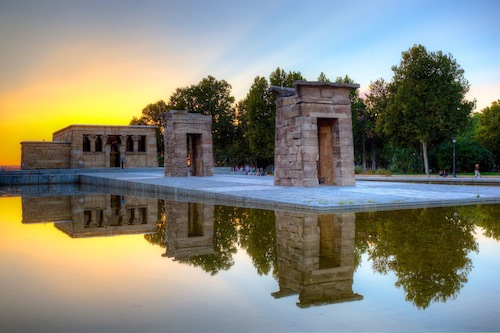
When the Egypt government began its massive Aswan Dam project in 1960, it realized that a large number of temples and archaeological sites would be submerged forever. Teaming up with UNESCO, it started an ambitious project of survey and excavation, as well as the relocation of several key monuments.
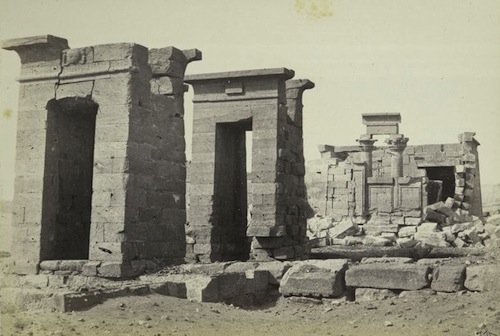
Spain was an important contributor to this project and, in thanks, Egypt gave it the Temple of Debod. It now stands at the edge of Parque del Oeste in Madrid and is a popular free attraction. I went there last weekend with my nine-year-old son, several of his friends, and their parents. The kids were excited to be seeing a real Egyptian temple and actually paid attention as I lectured them in gringo Spanish about its history.
The temple was originally located close to the first cataract of the Nile, in a region fought over by the Egyptians and the Empire of Meroe in what is now Sudan. In fact it was built by the Meroitic king Adijalamani, who ruled c.195-180 BC and is buried at the famous pyramid field at Meroe. The temple was dedicated to Amun and Isis and the chapel has several inscriptions about this little-known king and bas-reliefs showing him making offerings to the gods.
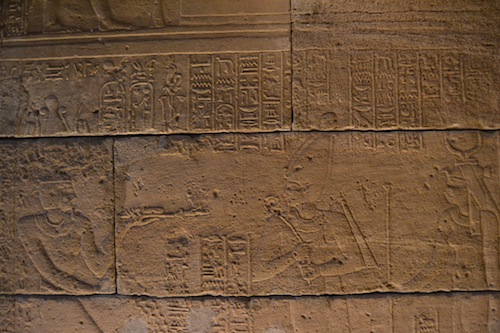
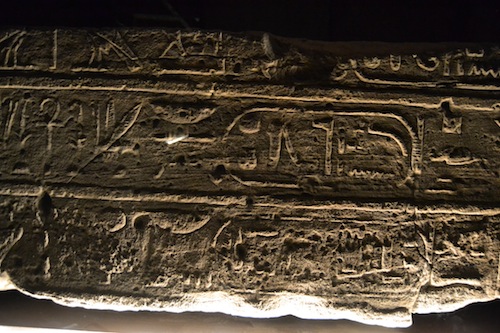
While never a major temple, it was kept in continuous use and expanded by Ptolemy VI, VIII, and XII in the following century. It was expanded again under the reign of the Roman Emperor Augustus (27 BC-14 AD). The temple remained active until the closure of the last pagan temples in the 6th century AD.
The temple is fronted by three pylons. You enter via a vestibule with a small side chapel or mammisi built by Augustus. Beyond the vestibule is a decorated chapel built by Adijalamani, the best-preserved part of the temple, flanked by other rooms. Beyond the Adijalamani chapel you come to the naos, the holy of holies, where the statues of the gods were kept. Side chapels held more holy figures. Upstairs is a small museum.
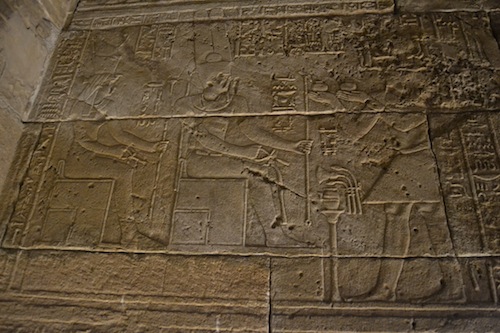
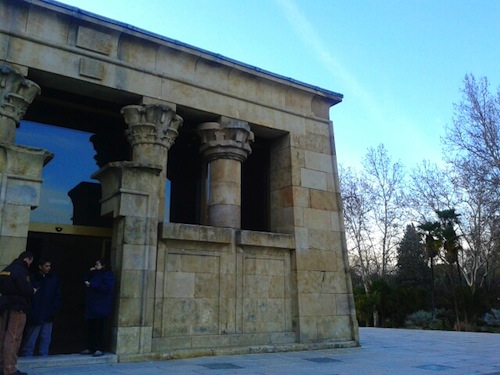
The Temple of Debod makes for a fun free excursion. The kids loved it, and it was small enough that it held their attention the entire time. Once we were finished, they could burn off some energy chasing each other around the pylons and climbing up the side of the temple. They were climbing up an undecorated, restored section, so the security guards didn’t care. Hopefully Amun and Isis didn’t care either and none of the kids got cursed.
All photos copyright Sean McLachlan unless otherwise noted (more below, keep on scrolling!).
Sean McLachlan is a freelance travel and history writer. He is the author of the historical fantasy novel A Fine Likeness, set in Civil War Missouri, and several other titles. His most recent novel, Trench Raiders, takes place in the opening weeks of World War One. His historical fantasy novella The Quintessence of Absence, was published by Black Gate. Find out more about him on his blog and Amazon author’s page.
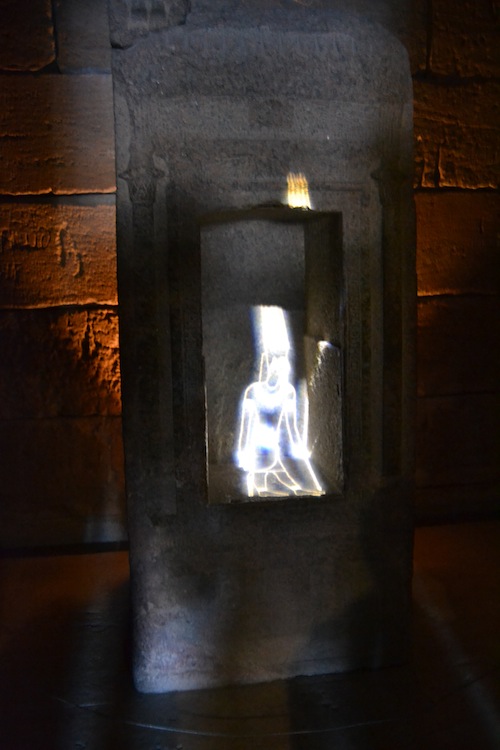
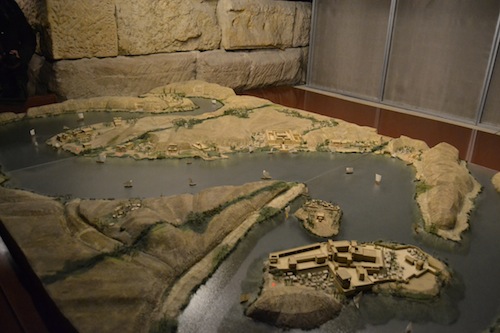
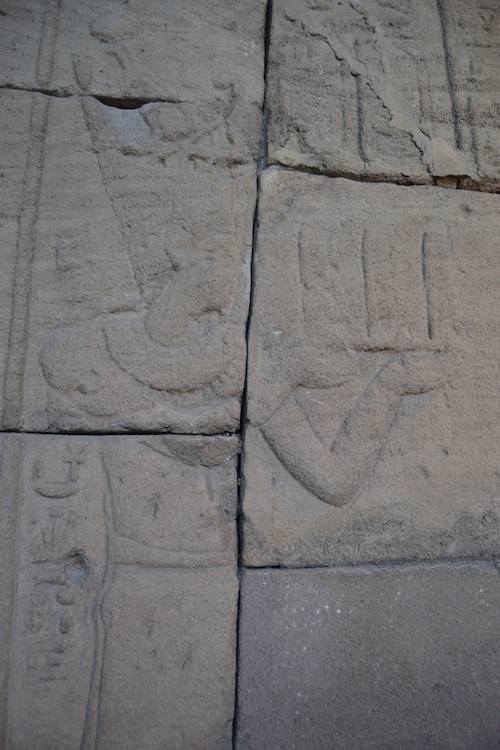
I first saw the temple in 1962, or possibly ’65,when it must have been very new to the city. At that time it wasn’t open to the public, but you could walk all around it. I went inside for the first time last April. Thanks for sharing this.
Violette,
I’m jealous! Why can’t UNESCO transfer any ancient ruins to my home town??